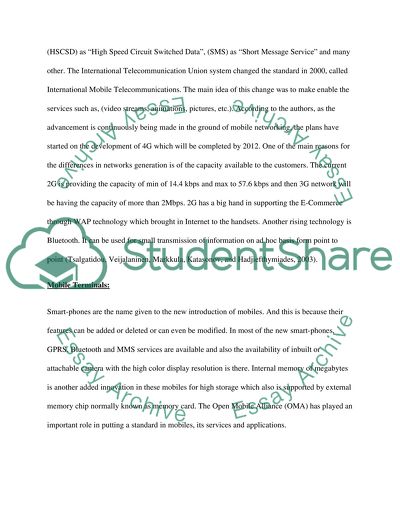Cite this document
(“Summary Assignment Example | Topics and Well Written Essays - 1250 words”, n.d.)
Summary Assignment Example | Topics and Well Written Essays - 1250 words. Retrieved from https://studentshare.org/e-commerce/1478331-summary
Summary Assignment Example | Topics and Well Written Essays - 1250 words. Retrieved from https://studentshare.org/e-commerce/1478331-summary
(Summary Assignment Example | Topics and Well Written Essays - 1250 Words)
Summary Assignment Example | Topics and Well Written Essays - 1250 Words. https://studentshare.org/e-commerce/1478331-summary.
Summary Assignment Example | Topics and Well Written Essays - 1250 Words. https://studentshare.org/e-commerce/1478331-summary.
“Summary Assignment Example | Topics and Well Written Essays - 1250 Words”, n.d. https://studentshare.org/e-commerce/1478331-summary.


